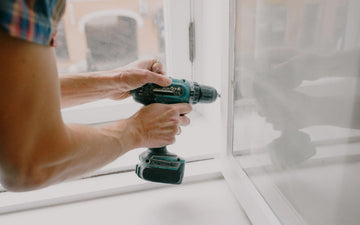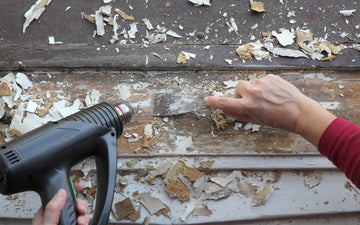When embarking on a drywall installation project, determining the right number of screws per sheet is crucial. Proper screw placement and spacing ensure that the drywall remains securely attached to the wall studs, preventing sagging or separation over time. While this may seem straightforward, opinions can vary, and being well-informed is key to a successful project.
Standard Screw Recommendations
Typically, drywall screws should be placed every 12 inches. For a 4-foot by 8-foot sheet hung perpendicular to the framing, this translates to about 32 screws, with five screws on each stud. Depending on project requirements, some experts suggest using 28, 40, or even 48 screws, but 32 is generally a good starting point. Always check local building codes for specific screw patterns and spacing requirements to ensure compliance and a sturdy installation.

Understanding Drywall Sheet Sizes
Drywall sheets come in various sizes to suit different construction needs. The most common sizes are 4×8 feet and 4×12 feet, offering flexibility based on wall size and room dimensions. Smaller sheets, like 4×6 feet, are ideal for tight spaces or repairs.
- Standard Size Sheets (4×8 feet): Widely used in home construction and renovation, these sheets are easy to handle and require minimal trimming.
- Long Size Sheets (4×12 feet): Ideal for larger spaces or commercial settings, these sheets reduce wall seams but require more screws and labor due to their size and weight.
- Custom Size Sheets: For uneven wall sizes, sheets can be cut to fit, though this may increase labor costs and waste.
Consider the project requirements, available manpower, and local construction codes when choosing drywall sheet sizes, as these factors influence the number of screws needed.
Choosing the Right Drywall Screw Length and Type
Drywall screws come in different types and lengths, each suited for specific drywall thicknesses and applications. Selecting the correct screw length and type is vital for a secure installation and a polished finish.
- Coarse-Thread vs. Fine-Thread Screws: Coarse-thread screws are better for wood studs, while fine-thread screws are ideal for metal studs. Choose the appropriate thread type for proper installation and holding power.
-
Screw Length Guidelines:
- 1/4-inch to 3/8-inch drywall: 1 1/4-inch screws
- 1/2-inch drywall: 1 1/4-inch to 1 5/8-inch screws
- 5/8-inch drywall: 1 5/8-inch to 2-inch screws
Ensure the screws penetrate the studs without over-penetrating or protruding from the drywall surface, which can cause damage or require additional repairs. Always consult manufacturer guidelines or local codes for specific recommendations.
General Rule for Screw Spacing
Proper screw spacing is crucial for a successful drywall installation. Generally, screws should be placed every 12 inches to maintain stability and prevent panel sagging or fastener popping. For walls, screws should be no more than 16 inches apart, and for ceilings, no more than 12 inches apart. Keep screws at least 3/8 of an inch from panel ends and edges to prevent break-out.

Screws for Wall and Ceiling Installation
Wall Installation
For vertical installations, use about 28 screws per 4-foot by 8-foot sheet, spacing them roughly 16 inches apart along each stud. For horizontal installations, approximately 32 screws are needed, with six screws on each side and four on each middle stud. Verify the correct screw pattern with local construction codes before starting.
Ceiling Installation
For ceilings, use drywall screws specifically designed for ceiling applications, typically between 1-1/4 and 1-5/8 inches in length. Start by securing screws in the corners, then every 12 inches along the edges and in the field. Consult local codes for specific requirements.

Additional Tips for Effective Drywall Installation
- Pre-Drilling: If you're having trouble getting screws to go in straight or to avoid tearing the paper face, consider pre-drilling pilot holes in the drywall.
- Using the Right Tools: A drywall screw gun or a drill with a drywall screw setter bit can help maintain consistent depth and prevent over-driving the screws.
- Seam Staggering: When joining two sheets together, stagger the seams to avoid creating long, continuous joints that can lead to cracking or separation.
- Environmental Considerations: Be mindful of the environment where the drywall is installed. Humidity and temperature can affect the drywall's expansion and contraction, impacting screw integrity.
Conclusion
Using the correct number of screws is essential for a durable drywall installation. Typically, a 4-by-8 sheet requires 28 screws, while a 4-by-12 sheet needs 36. Maintain proper spacing and keep screws away from edges to prevent damage. Always follow manufacturer instructions and local codes for specific requirements.


